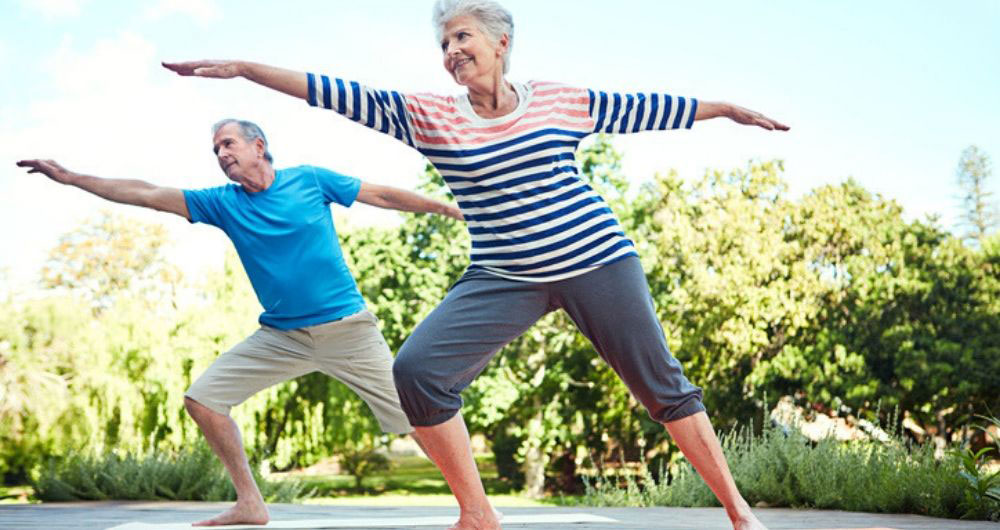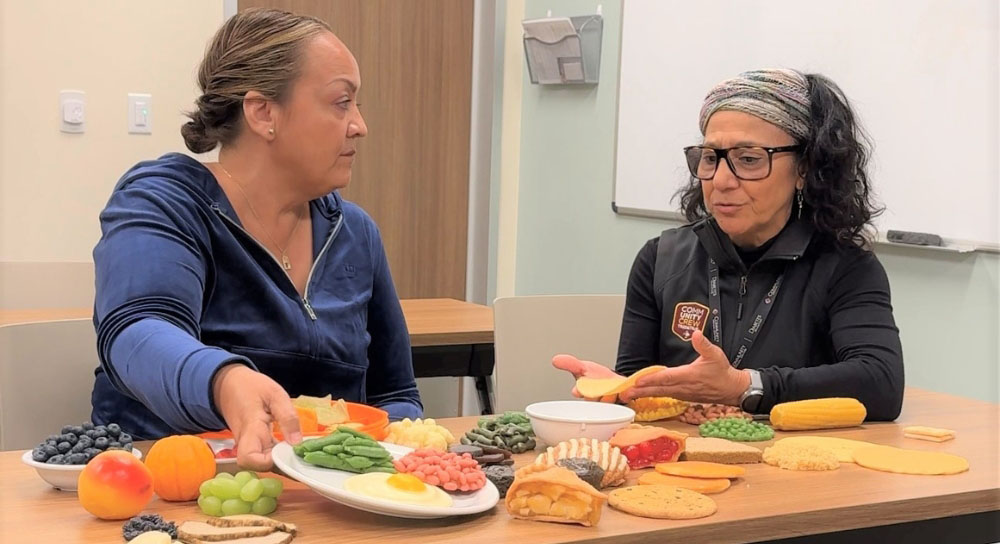Fall-related deaths for seniors ages 75 and older tripled since 2000 according to several recent studies. The studies also concluded that the older the person, the more likely the fall would prove fatal. And traumatic injury (including falls) accounted for more than 5% of the primary indicators for hospitalization.
“Most falls can be prevented,” says Elizabeth Burns, MPH, with the Centers for Disease Control and Prevention’s Health Injury Center. She says educating people about falls is a good start.
Unfortunately, there is little health professionals can do to prevent falls. However, exercise can help improve your overall strength, coordination and balance, making you less likely to fall. Manager of Community Medical Centers Fitness Center, Tim Clark, shared some valuable insights. One way seniors can extend and improve their quality of life through low-impact fitness routines.
What is low-impact exercise?
A common misconception is that low-impact exercise isn’t intense enough to make a difference. After all, a workout has to be painful to be effective, right? Wrong! Clark explained that the definition of low-impact exercise has been distorted over the years.
“Low-impact means keeping one foot on the ground at all times,” said Clark.
Keeping one foot on the ground ultimately allows for more stability. This is great for seniors who might be experiencing trouble with balance, flexibility or coordination. There are actually a broad range of activities that qualify as low-impact exercising: walking, hiking, rowing, kayaking, Pilates, yoga, cycling and spin classes, and yes, aqua aerobics still counts.
At-home options for low-impact exercises
Clark suggests one exercise option is simply to raise yourself from the floor to a standing position. To do this:
- Roll onto one side.
- Place your hand nearest the ceiling on the floor at about the level of your ribs. Use it to push your shoulders off the floor. Then, use your other hand to help lift you up, as needed.
- You should now be sitting with your weight on your hip.
- Roll forward, onto your knees, leaning on your hands for support.
- Reach up and lean your hands on the seat of a sturdy chair.
- Lift one of your knees so that one leg is bent, foot flat on the floor.
- Leaning your hands on the seat of the chair for support, rise from this position.
Repeat a few times to use as an exercise. And always consult your physician before beginning any exercise program.
Learn more: Hear Tim talk about low-impact exercise






